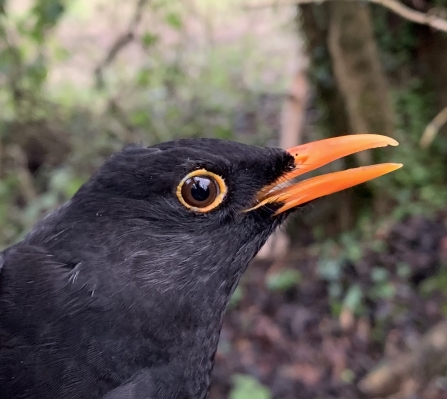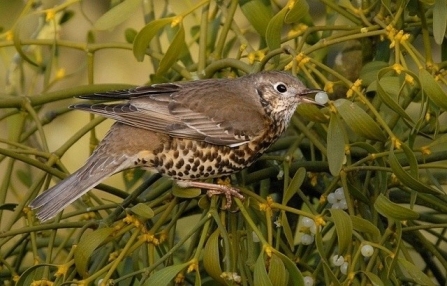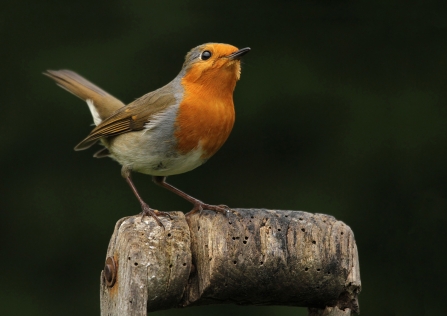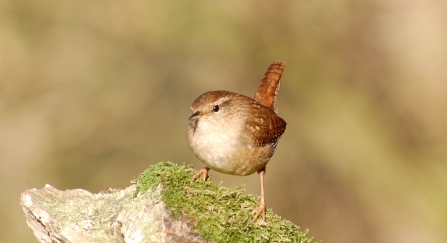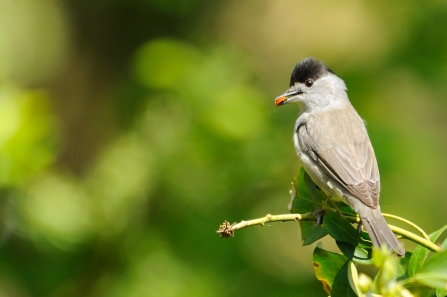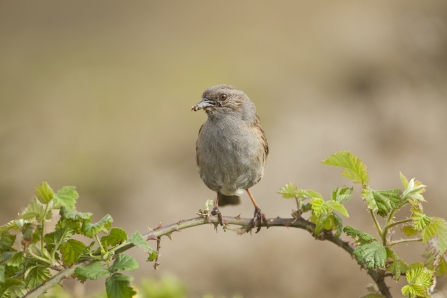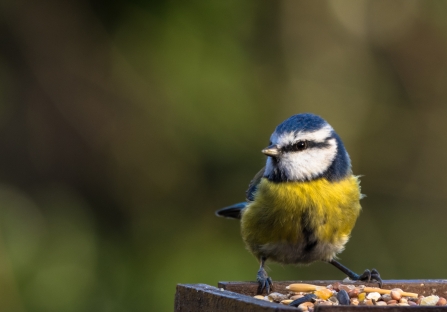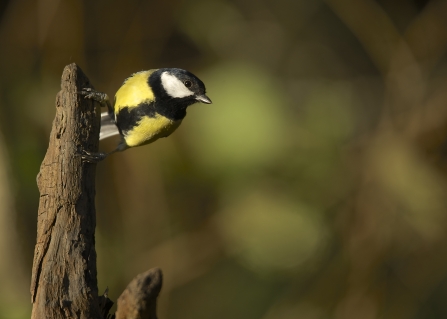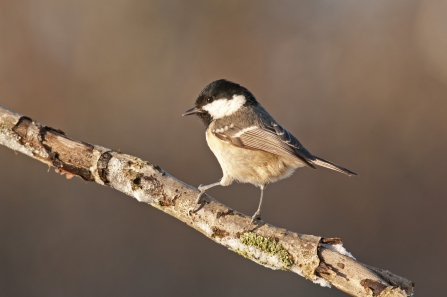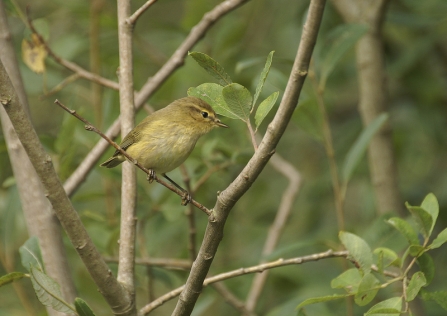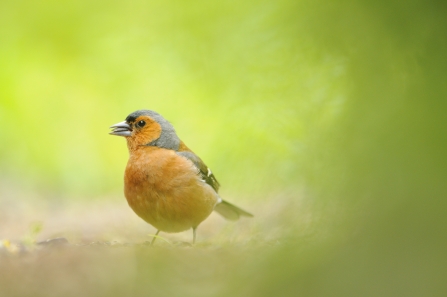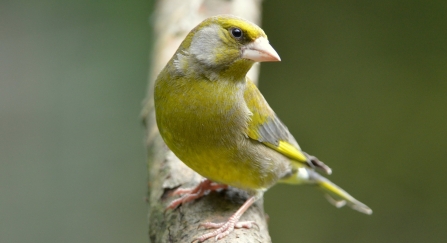When we look at wildlife, anthropomorphising is commonly discouraged. ‘If you project human feelings onto animals,’ we’re told, ‘you won’t observe what is really going on.’ But if, like me, you see personalities in wild animals all around you, I have good news for you: when it comes to learning birdsong, anthropomorphism is absolutely the way forward. For learning birdsong is not a matter of factual description; it is a matter of feeling. What does the sound remind you of or make you feel? Once you have connected with that feeling, you will never forget the bird behind the song.
Some hard, scientific facts are necessary, however, in order to understand what birds are up to in spring and why they sing. From a purely physiological point of view, male birds sing because increased day-length and rising temperature make their hormones surge (in the UK, essentially all spring-singing birds are males). Their songs have two functions, both related to the second inexorable Darwinian driver of evolution: sexual selection. Male birds sing in order to showcase their genetic wares, to convince females to mate with them and raise chicks with them this season.
The second purpose of birdsong is perhaps less immediately obvious. If you look at human homes, it’s apparent we like clear boundaries. Around almost every garden there’s a wall, a hedge or a fence: a strong message to outsiders to keep out. In spring birds need enough space in which to find food for their chicks, and this space is referred to as a territory. Since birds are unable to build fences, they define their territories by singing. A singing bird, no matter how melodic or beautiful he sounds, is effectively telling neighbours of the same species to ‘back off and talk to the wing.’
Happily for us, many beautiful birds, with equally beautiful songs, are common in UK gardens and parks. And spring, as birds claim territory in which to breed, is the finest time to get to grips with them.

